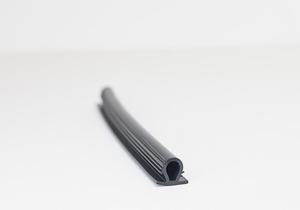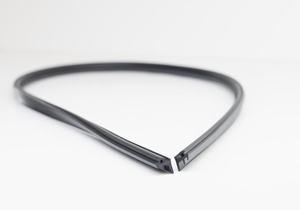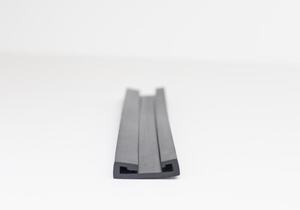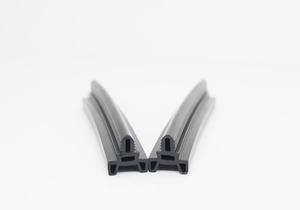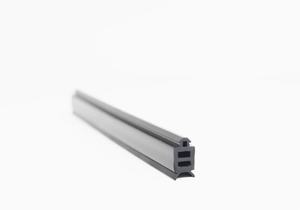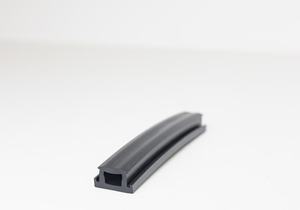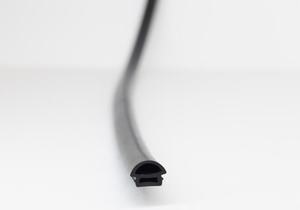Dilatation seals, also known as expansion joints or expansion seals, are essential components in various engineering and construction applications, designed to accommodate movement in structures caused by thermal expansion, contraction, vibration, seismic activity, or settlement. These seals provide a flexible connection between adjacent structural elements while maintaining their integrity and preventing the transmission of loads and stresses.
Here’s a detailed description of dilatation seals:
1. Purpose: Dilatation seals serve several critical purposes in construction and engineering projects:
- Compensate for thermal expansion and contraction: Changes in temperature cause materials to expand or contract, leading to stress build-up. Dilatation seals absorb this movement, preventing structural damage.
- Absorb vibration and movement: Structures subjected to dynamic loads, such as bridges and buildings, experience vibration and movement. Expansion joints help absorb these forces, reducing the risk of fatigue failure.
- Accommodate seismic movement: During seismic events, buildings and infrastructure can shift and deform. Expansion joints allow controlled movement to minimize damage.
- Compensate for settlement: Settlement of foundations and structures can cause differential movement between adjacent elements. Expansion joints accommodate this movement, preventing cracking and structural failure.
2. Types of Dilatation Seals: There are various types of dilatation seals designed to meet specific requirements and applications:
- Modular expansion joints: Consist of individual modules assembled to form a continuous joint. These joints accommodate large movements and are commonly used in bridges and highways.
- Strip seals: Comprise steel or elastomeric strips sandwiched between concrete edges. They provide a smooth surface for vehicles while accommodating moderate movements.
- Compression seals: Made of compressible materials such as foam or rubber and are used to seal gaps in structures while allowing movement.
- Sliding plate joints: Consist of steel plates sliding over each other to accommodate movement. They are commonly used in buildings and bridges.
- Elastomeric joints: Made of rubber or synthetic elastomers and provide flexibility to accommodate movement while maintaining a watertight seal.
3. Components: Dilatation seals typically consist of several components:
- Seal elements: The flexible part of the joint that accommodates movement.
- Edge profiles: Secure the seal elements and provide structural support.
- Anchors: Secure the expansion joint to the surrounding structure.
- Cover plates: Protect the seal elements and improve aesthetics.
- Reinforcement: Enhances the structural integrity of the joint, especially in high-load applications.
4. Installation and Maintenance: Proper installation and maintenance are crucial for the performance and longevity of dilatation seals:
- Installation: Dilatation seals should be installed according to manufacturer guidelines and engineering specifications to ensure proper functioning.
- Inspection: Regular inspection is necessary to identify any signs of wear, damage, or deterioration. This includes checking for debris accumulation, corrosion, and loss of flexibility.
- Maintenance: Routine maintenance may involve cleaning, lubrication, and replacement of worn or damaged components. Prompt repairs are essential to prevent water ingress, corrosion, and structural damage.
5. Applications: Dilatation seals find applications in various industries and structures, including:
- Bridges and highways
- Buildings (commercial, residential, industrial)
- Parking structures
- Airport runways and terminals
- Railway tracks and tunnels
- Pipelines and industrial facilities
6. Material Considerations: The choice of materials for dilatation seals depends on factors such as environmental conditions, anticipated movements, and structural requirements:
- Elastomers: Rubber and synthetic elastomers offer flexibility and durability, making them suitable for a wide range of applications.
- Metals: Steel and aluminum are used for edge profiles, cover plates, and reinforcements due to their strength and corrosion resistance.
- Polymers: Thermoplastics and thermosetting polymers are used in modular joints and compression seals for their chemical resistance and low friction properties.
In conclusion, dilatation gaskets play a crucial role in preserving the integrity and functionality of structures by accommodating movement and preventing damage caused by thermal, seismic, and dynamic forces. Proper selection, installation, and maintenance are essential to ensure the effectiveness and longevity of these critical components.

